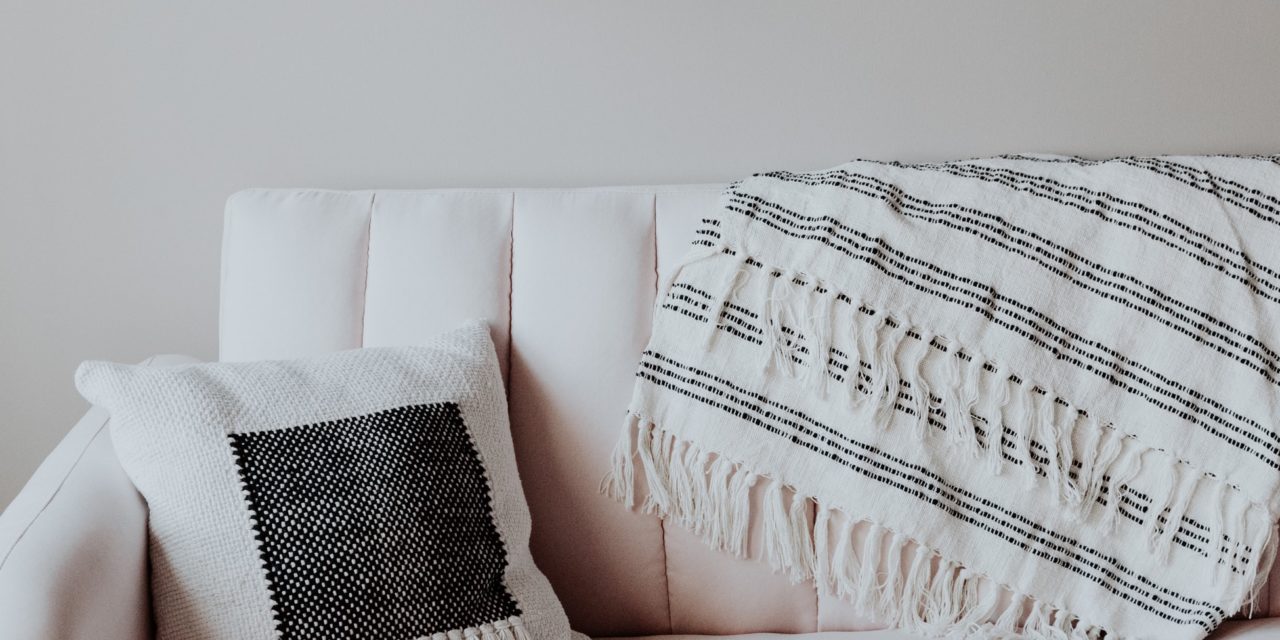[ad_1]
The season has started – parents across the country pack up belongings and sometimes furniture, and help their young college students move to a dorm to start a new era of their life. There are seasoned veterans who are pros at this transition, knowing just how much to pack and how much can fit into those tiny dorm rooms. And, there are those taking a new experience who may appreciate some helpful hints about choosing college dorm furniture.
Some colleges provide standard furniture such as a twin size bed, dresser and desk. There may be room to add a favorite chair, cushions, or accent pieces without adding too much clutter, giving the room a familiar look away from home.
If you have the opportunity to furnish the room yourself, think about the space limitations as well as the shared environment that is common in dorms. Know in advance the square footage allowed for each student, and plan how to maximize the space for the greatest functionality. There are just a few main areas of dorm life to evaluate when considering dorm furniture – the sleeping area, studying area, and relaxing area.
Cheap is not necessarily best in a setting like this, as the furniture may be moved and used a lot. Select furniture that is strong and built well. After all, it could be used in an apartment after college graduation; so long-lasting furniture is worth the value.
Finding furniture that serves dual purposes can cut down on the number of furniture pieces needed. For instance, a day bed or futon can be used for sleeping, and will also serve as a couch, when made up with extra cushions and pillows. Bringing favorite accent pillows from home might give a nice touch to the room, or find upholstery fabric and make some extra-large cushions that could be used for floor seating as well as on the furniture. These can be stored under the day bed or futon when not needed.
Modular units are often chosen for dorm furniture, such as a loft bed with desk or dresser beneath, or space for a small sitting area. Setting up a dorm room with a vertical furniture design allows for maximum use of floor space, giving more room for additional items. Bunk beds are also common, and can make room for a small couch and chair where the other bed may have been placed.
Favorite footrests can be covered in bright fabric and used either as a footrest or as an extra seat when guests arrive. If you have a few of them that can stack, they could sit off in the corner when not needed, without taking up space like extra chairs would.
Remember that the furniture will likely take a lot of wear and tear, so find upholstery that will withstand frequent use. Modern looking slipcovers over a favorite chair, or new covers on a futon, can quickly change the appearance in a small room.
Many types of furniture upholstery can serve a dual purpose, other than for covering furniture. Use them for sewing extra pillows, concealing storage boxes, or as wall accent pieces.
[ad_2]
Source by Naomi J Lolley


